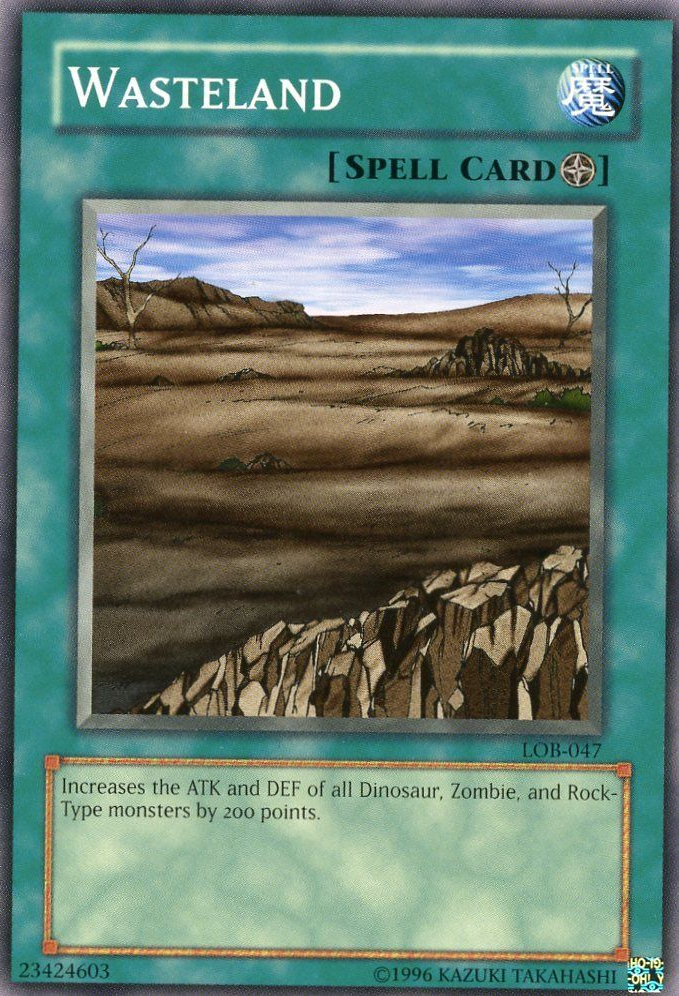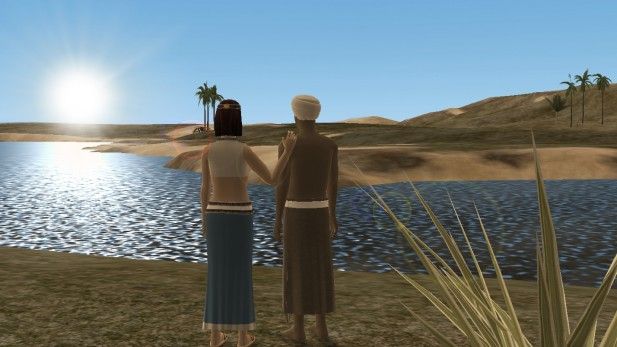

DNA tests confirmed the remains were those of Egbert Rimkus, 34, of Germany. Tom Mahood’s determined efforts to discover their fate, eventually resulted in the finding of human bones. Like us, they had a map that was not useful for ascertaining the most viable way out. Like us, they told no one where they were going (they did note in a guest log along the way that they were heading over a pass, but it was not a log anyone checked.) Like us, they didn’t have enough water.

Like us, they were stranded in a remote region. The outcome for the German adventurers lost in the Death Valley was not miraculous. They told us they had driven many, many hours to arrive at that remote spot, where they were planning to camp. It’s easy to get lost in the desert, just as our rescuers did after they agreed to transport us back (eventually they got reoriented.) They appeared in the canyon where we were stranded, a couple of hours after we broke down. We might have taken a wrong turn while attempting to retrace our route. We had small back-packs, making it impossible to carry enough water for a 40-mile hike in which we would have been exposed to the sun in treacherously hot weather.įurthermore, we had only been to that canyon once before.

He made rigorous trips into the region, renewed general interest in the travelers’ fates, and generated new interagency searches.īesides its intrigue, Mahood’s story captivated me because I recognized in it my former self–not as a researcher, but as someone likely to be claimed by the desert. He conducted interviews, studied evidence, pored over reports. He joined the Riverside Mountain Rescue Group and began to study search-and-rescue skills. He learned that in the fall of 2008, the same year the van was discovered, a search of the Anvil Canyon area where it was found produced no clues as to the family’s whereabouts. He learned that the German family who rented the van in July of 1996, didn’t make their flight back to Germany–and were listed by Interpol as missing. Hooked on the mystery, Mahood undertook a long and rugged trajectory. Despite his casual gait I felt my heart rate increase, having myself been confronted many times in the desert with flat tires, a mired vehicle and, once, a vehicle we had to abandon. “The van was clearly stuck in the wash, sunk up to its axles in the sand, with its two rear tires flattened and its left front tire also flat,” Mahood writes in a measuredly ambling voice. In 2008 he read that a Death Valley Ranger performing an aerial search for illegal drug operations, had spotted a passenger van on an abandoned desert road. Mahood stumbled on the story on the internet, twelve years after the family disappeared. I recently read with fascination Tom Mahood’s account of his investigative role in uncovering the fate of a German tourist family who vanished while traveling in Death Valley National Park. McGough, stranded for seven days in the Australian outback “Me and my adventurous ways have really got us in the mire this time.” –M. Mine is often a scrawled note that I tuck under one of the windshield wipers of our neighbor’s Chevy pick-up right before we depart on a Nevada desert journey. Leaving an itinerary with a responsible party is a preeminent rule of desert survival. Still, the adventurer gets credit for telling someone who would notice him missing, where he was going and when he intended to return. The second assumption is generous because lots of people who get lost in the desert are found only after arduous searches.

The first is that the traveler did something wrong that resulted in him getting lost the second is that he did something right if he lived to tell the tale. When I read stories about people getting lost in the desert, I begin with two assumptions.


 0 kommentar(er)
0 kommentar(er)
